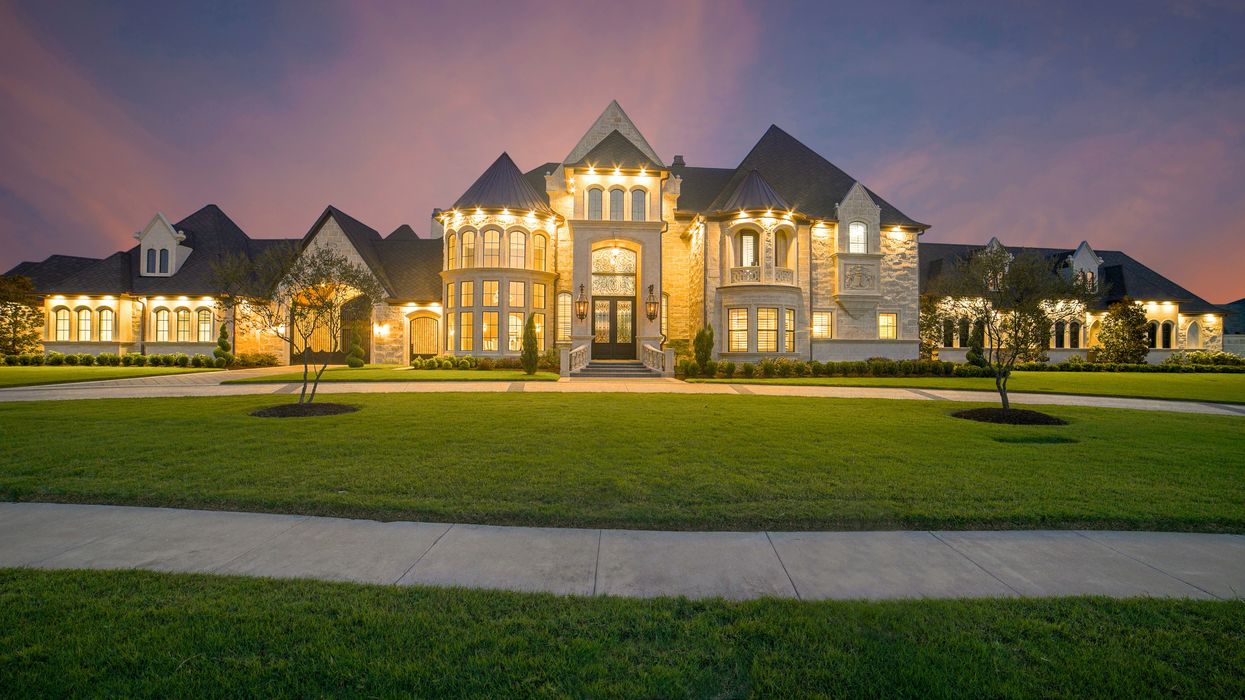“Migration Nation” is the aptly named title of Sotheby's International Realty Canada 2024 Mid-Year Top Tier Report, released early this morning.
This bi-annual report, which covers luxury home sales and trends from Canada's largest metropolitan cores, including Toronto, Calgary, Vancouver, and Montreal, has honed in on the relationship between different forms of migration and the luxury housing market.
"The migration of residents, and their talent and financial capital away from cities like Toronto and Vancouver to communities in surrounding regions or to provinces such as Alberta foreshadow trends in sales activity, housing prices and real estate market performance," explains Don Kottick, President and CEO of Sotheby’s International Realty Canada.
Whether international immigration or interprovincial and interregional migration, the increased movement of peoples both into and within our country in recent months is both a result of fluctuating housing markets and a direct driver of change within them.
Just look to Alberta, the province that many priced-out Torontonians fled to and where there is now a robust and growing luxury housing market.
Calgary
In the year ending July 1, 2023, Calgary and Edmonton saw the largest population growth, with Calgary leading at a 5.9% growth rate and Edmonton following at 4.1%. But Calgary's growth was critically bolstered by interprovincial and interregional migration net gains of +26,662 — the highest in the country.
As a result of population-related supply pressures pushing prices higher and higher, Calgary’s housing market has transformed into a “heated sellers’ market, catapulting both conventional and luxury home sales to unprecedented heights in the first half of 2024,” according to the report. Compared to this same period last year, residential real estate sales over $1M climbed 46% and $4M+ sales saw annual gains of a whopping 75%, completely outdoing all other Census Metropolitan Areas (CMAs) — thank you ‘Alberta Is Calling’ subway ads.
Still, Calgary remains one of the most affordable markets, Kottick tells STOREYS. “The metrics in Calgary have been really positive, and what has attracted a lot of people is the vibrant economy of Alberta right now,” he says. “But a lot of it has to do with affordability, it’s still affordable relative to the other markets, along with Edmonton, Halifax, and Montreal.”
Montreal
For comparison, Montreal, the CMA with the second highest numbers, only saw a 25% year-over-year increase in sales over $1M and a 29% increase in sales over $4M — steady growth which has fostered a buyers market where “home buyers and investors continue to navigate the market at a leisurely and empowered position, with extended home searches and negotiations the norm.”
But similar to Calgary, these market numbers correlate with population, only, Montreal’s more modest market activity reflects a substantial but manageable growth rate of 2.9%, further eased by a net interprovincial and interregional decline of -20,624.
Vancouver
On the other end of the spectrum, Vancouver saw the same growth rate as Edmonton (4.1%), but experienced a significant net loss of -18,399 to interregional migration and its largest net loss to interprovincial migration in over 20 years (-4,795).
The result has been that “Despite an uptick in pre-transactional and sales activity in the first quarter of the year, consumer sentiment and sales in Vancouver’s luxury market were muted throughout the spring as listings inventory continued to climb,” according to the report.
In the seaside city, sales over $1M saw a 3% year-over-year decline, sales over $4M fell 16%, and only seven ultra-luxury properties sold over $10M, down 50% from the number sold in the first half of 2023. Additionally, demand for luxury condominiums has waned due to “elevated prices and carrying costs, a shift in luxury consumer preferences towards single family homes and problematic conditions in the city’s downtown core.”
On Vancouver’s sleepy luxury market, Kottick says “It's no secret that the BC government has added a substantial amount of taxes and that the cost of living has gone up, and so some regional and interprovincial migration has impacted the market.” Still, “it’s only going to adjust so far because Vancouver’s a vibrant city,” he adds.
GTA
Last but not least, we have the GTA, sitting in the middle of the pack. The GTA lost a lot of people this year, largely to other regions in Ontario, but also to interprovincial migration. The total number is -93,024. But, the City also experienced a growth rate of 3.4%, driven by an annual population gain of 221,588 people.
As a result, “the luxury housing market remained confident, active and surprisingly resilient in the first half of 2024, defying the headwinds of still-elevated interest rates, a stagnant Canadian economy, global geo-political turmoil and new housing policies and taxes,” according to the report.
In the first half of 2024, the GTA saw sales over $1M decline 10% year-over-year, $4M rise 8%, and ultra-luxury sales over $10M “quieted,” with only three homes sold, compared to last year’s seven recorded sales.
Sotheby’s forecasts “a steady luxury market” for the summer months, and when it comes to the trend of residents migrating out of Canada’s major CMAs, Kottick is optimistic. “People come to Canada and they are still very attracted to places like Toronto and Vancouver,” he says. “So I don’t think we have to worry about a hollowing out in any of the major centres because they're still vibrant centres. And as things become more affordable people will migrate back to them.”
- 'Signs Of Life' In Canadian Housing Market After Rate Cut ›
- June's Inflation Drop "Sets The Table" For July Rate Cut: RBC ›
- More Than Half Of GTHA Residents Considering Moving Due To Excessive Traffic ›
- June Sees Another Slow Month For New Home Sales In GTA ›
- Luxury Homebuyers Set For "Most Favourable Conditions In Years" ›


















